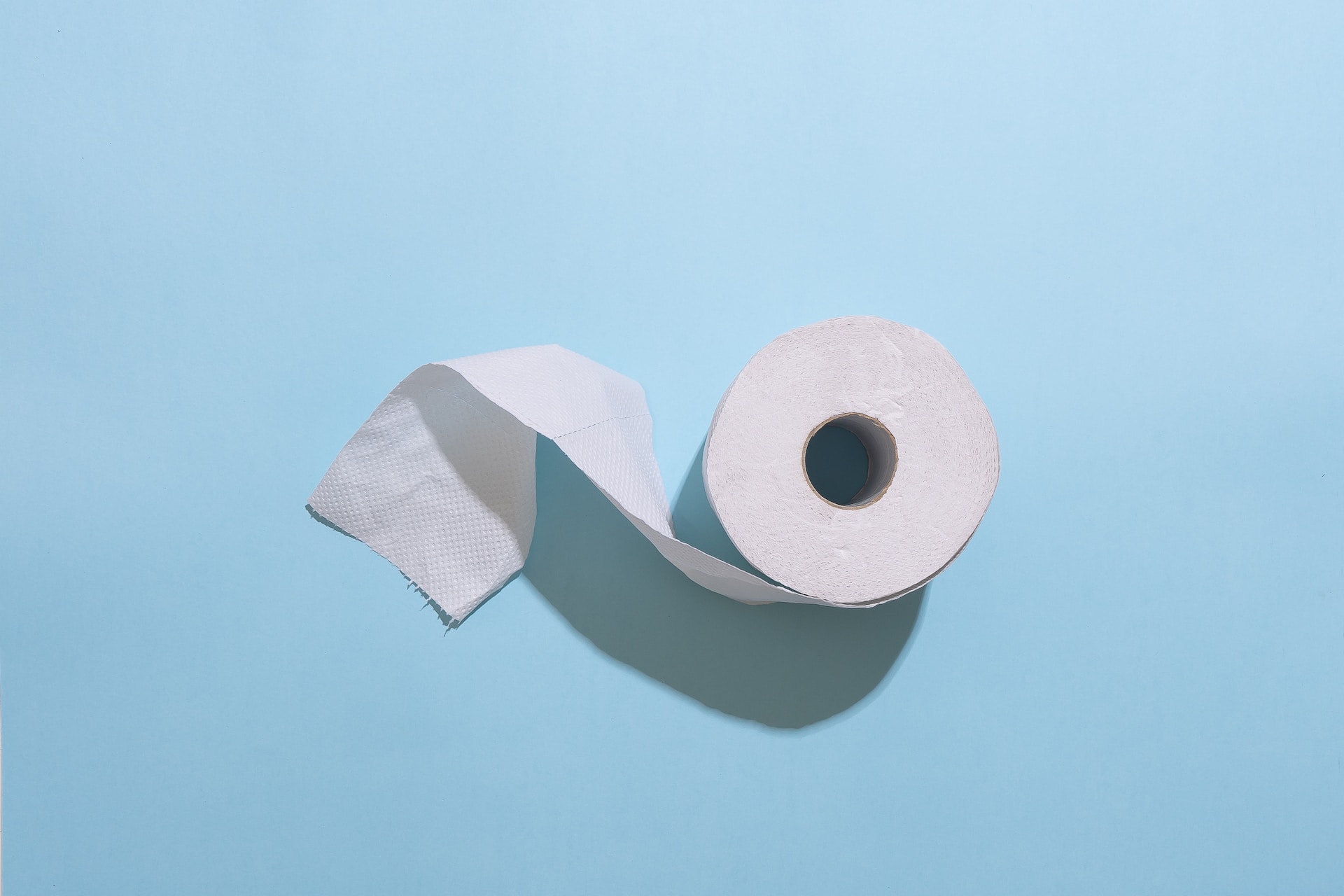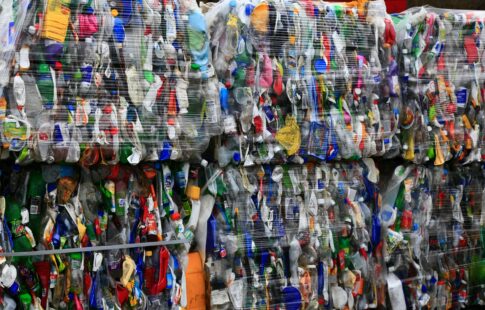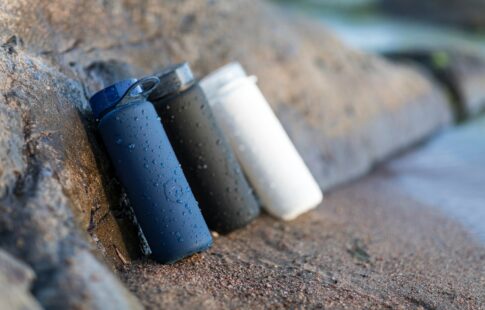
How Does a Composting Toilet Work? Plus, Everything You’re Scared to Ask About Them
We are reader-supported. When you buy through links on our site, we may earn affiliate commission.
A composting toilet works by breaking down human waste into a substance you can compost. A composting toilet contains no water and doesn’t flush. Instead, your waste goes into a receptacle underneath, and you toss in a scoop of sawdust, wood shavings, or other carbon-rich bulking material between uses. Some composting toilets have separate compartments for liquid and solid waste to reduce odors and help with biodegradation.
Does a Composting Toilet Produce Compost?
A composting toilet doesn’t produce compost that’s ready to use on plants. Instead, it begins the composting process, but you have to use a composting bin dedicated to human waste if you want to use your waste on plants.
Human feces is full of pathogens you shouldn’t put back in the soil. Specialized compost systems use a combination of time and high heat to destroy germs. For example, compost that reaches at least 140°F and has 60-65% moisture content can destroy Salmonella within 10 hours. After processing, the result is fertilizer you can use in your garden.
Where Can You Empty a Composting Toilet?
Unless you have a specialized composting system, you shouldn’t empty your waste onto the surrounding landscape, as it can pose a threat to the soil and human health. Instead, throw your solid waste in the trash. It’s no different than throwing out a dirty diaper! Empty your liquid waste into a public toilet and flush it down.
If you do have a specialized human waste compost system, add the waste to it and follow the instructions to turn it into compost.
How Often Should You Empty a Composting Toilet?
It depends on how often people use the toilet and how big the waste receptacle is. Some composting toilets may only need you to empty them once every few months. Smaller, more frequently used toilets might need emptying every week or so. It really depends.
When in doubt, empty the waste receptacle — which is often just a bucket — if it appears to be getting full.
Doesn’t It Smell?
There are several reasons a composting toilet usually doesn’t have a bad odor, including:
- The waste dries out quickly.
- The waste is buried in sawdust, wood shavings, peat moss, or another bulking material.
- Composting toilets have an exhaust fan that draws out odors.
- Some composting toilets have a divider that separates liquid and solid waste.
- Composting toilets have a sliding lid underneath the main lid to trap odors inside.
Additionally, many people close the main toilet lid after using a composting toilet. All of these factors contribute to the fact that a composting toilet usually doesn’t smell bad.
How Does Cleaning Work?
Cleaning a composting toilet is a little different than cleaning a regular commode. You don’t want any harsh chemicals getting into the waste container because they could leach into the soil if you dump the compost outside.
To clean the toilet lid and seat, use antimicrobial wipes or paper towels pre-sprayed with cleaner. This helps avoid spraying chemicals directly into the toilet bowl.
Next, remove the plastic bowl liner and scrub it with an eco-friendly composting toilet cleaner. Rinse the liner and dry it off before putting it back in the bowl.
If the toilet bowl is not removable, use the composting toilet cleaner with a toilet brush. Rinse the bowl with just as much water as you need to avoid adding too much liquid to your compost.
Can You Put Toilet Paper in a Composting Toilet?
Yes, you can use toilet paper in a composting toilet. Toilet paper is biodegradable and will turn into compost over time. You can’t use wet wipes, though — they’re full of chemicals you don’t want to put in your compost pile, and they don’t break down into compost.
Put all toilet paper in the solid waste side, whether you’re cleaning up pee, poop, or period blood. It always goes in the solid waste chamber.
What Else Shouldn’t You Put in a Composting Toilet?
As mentioned already, don’t throw wet wipes in your composting commode. A few other forbidden items include:
- Diapers
- Tampons or pads that aren’t 100% cotton
- Plastic pad liners or tampon wrappers
- Food scraps
The only things you should put in the toilet include solid and liquid waste, bulking material, and toilet paper.
What if You Throw Up in a Composting Toilet?
Stomach acid is a lot more acidic than urine or feces. If you throw up just a small amount, you may be able to compensate for the added acid and liquid by putting in more bulking material than normal. However, it may be better to cut your losses and empty the waste receptacle into a trash bag. Then, clean it out and start fresh.
What if You Take Medication?
When you take medication, you excrete it in your waste. Some medications don’t fully break down in your body and will end up in the compost.
For most medications, that’s OK! The main exception is chemotherapy drugs because they’re very toxic to microbes. If you’re going through chemotherapy, you can still use a composting toilet. You’ll just need to empty your toilet’s waste receptacle in the trash rather than in a compost bin.
Why Should You Use a Composting Toilet?
There are many benefits to using a composting toilet. First, you’ll save a lot of water. The average toilet uses seven gallons per flush, so if you flush the toilet six times per day, your composting toilet will save 15,330 gallons of water per year. That’s the equivalent of 219 full bathtubs! Saving water is a great way to help the environment.
Since composting toilets aren’t connected to a sewer or septic system, they’re ideal for getaway cabins, hunting lodges, national parks, and other outdoorsy situations in which you’d rather not squat behind a bush. Many tiny homes — which are growing in popularity as the cost of living increases — feature composting toilets so they can be disconnected from the grid.
If you have a proper composting system, you can use the resulting soil as fertilizer for your plants. The laws regulating the use of human waste vary by country and state, but if you live in an area where it’s legal to use compost from a toilet, you can enrich your garden or field with it.
Making the Most of a Composting Toilet
A compost toilet works by drying out and breaking down human waste. You help the process by adding a bulking material, which contains carbon, into the mix to speed up decomposition and reduce odors.
As water becomes a scarce resource for many people and housing prices increase, a composting toilet is an environmentally friendly way to do your business — and do the planet some good.
Share on
Like what you read? Join other Environment.co readers!
Get the latest updates on our planet by subscribing to the Environment.co newsletter!
About the author
Steve Russell
Steve is the Managing Editor of Environment.co and regularly contributes articles related to wildlife, biodiversity, and recycling. His passions include wildlife photography and bird watching.





